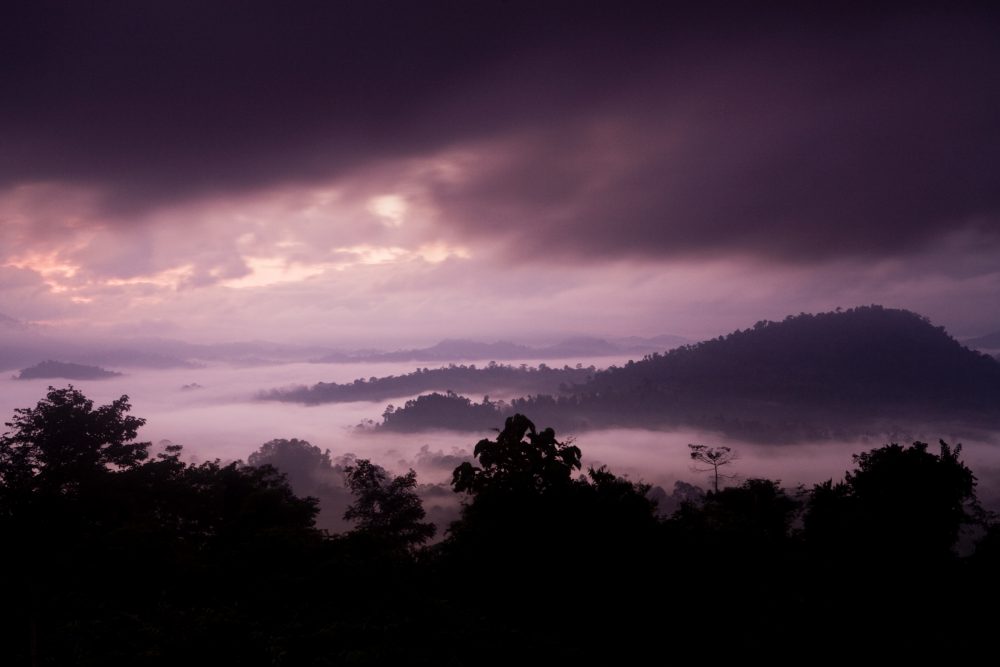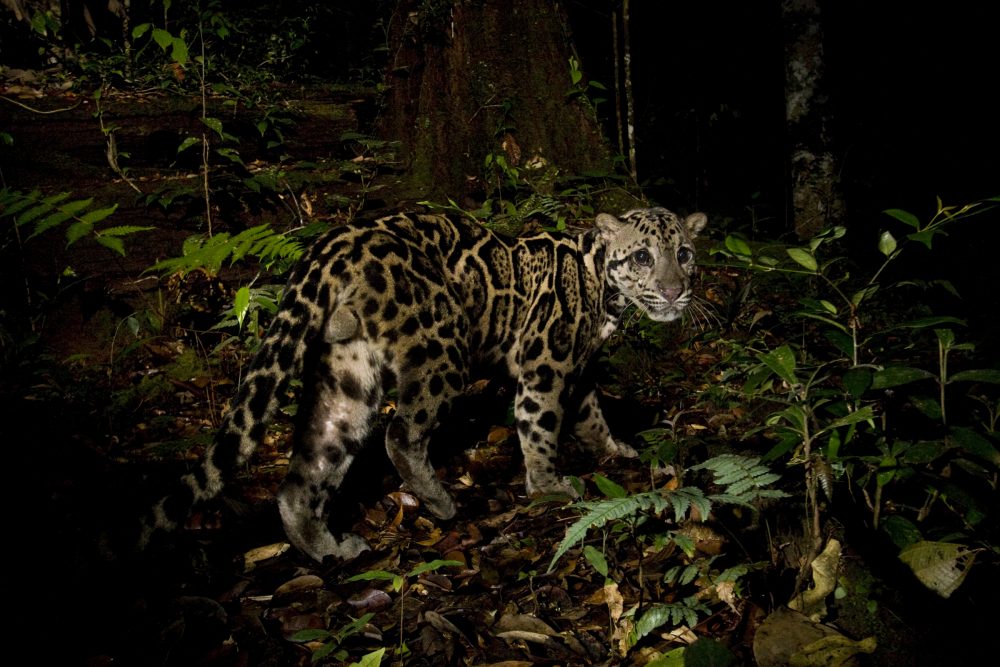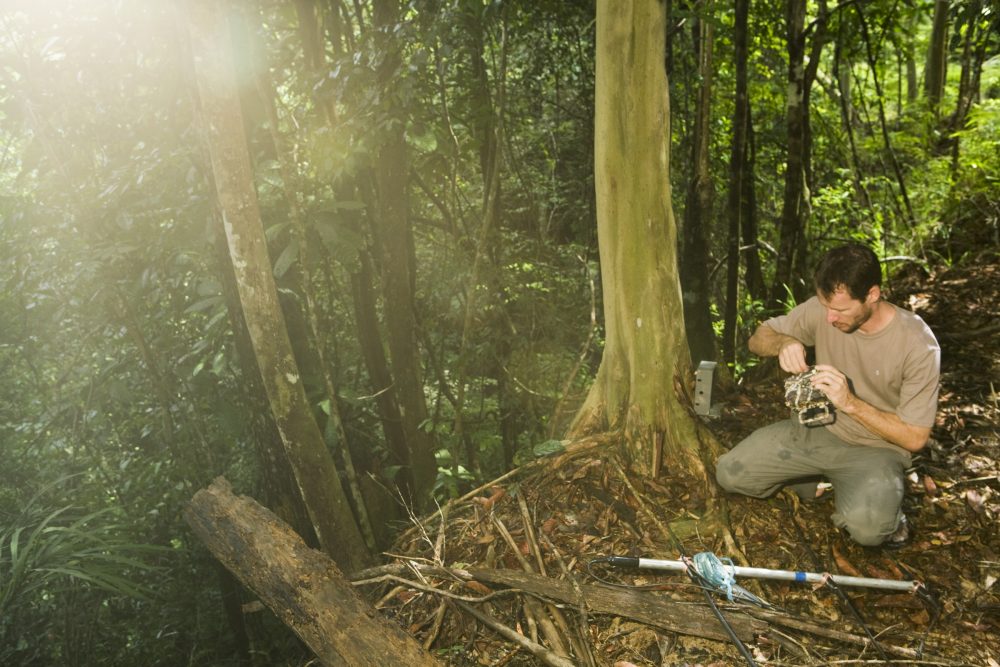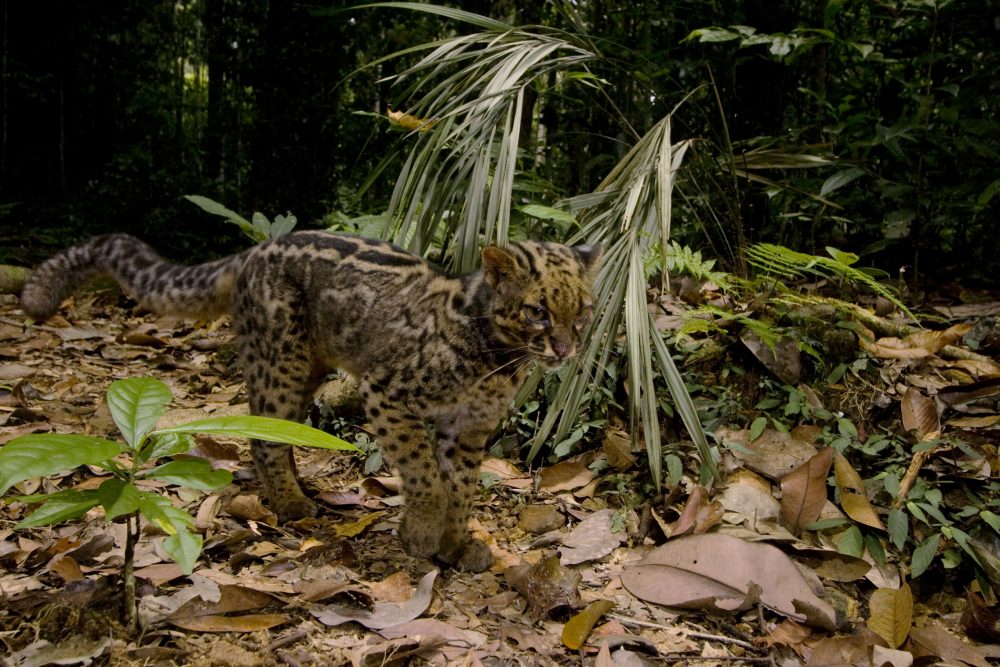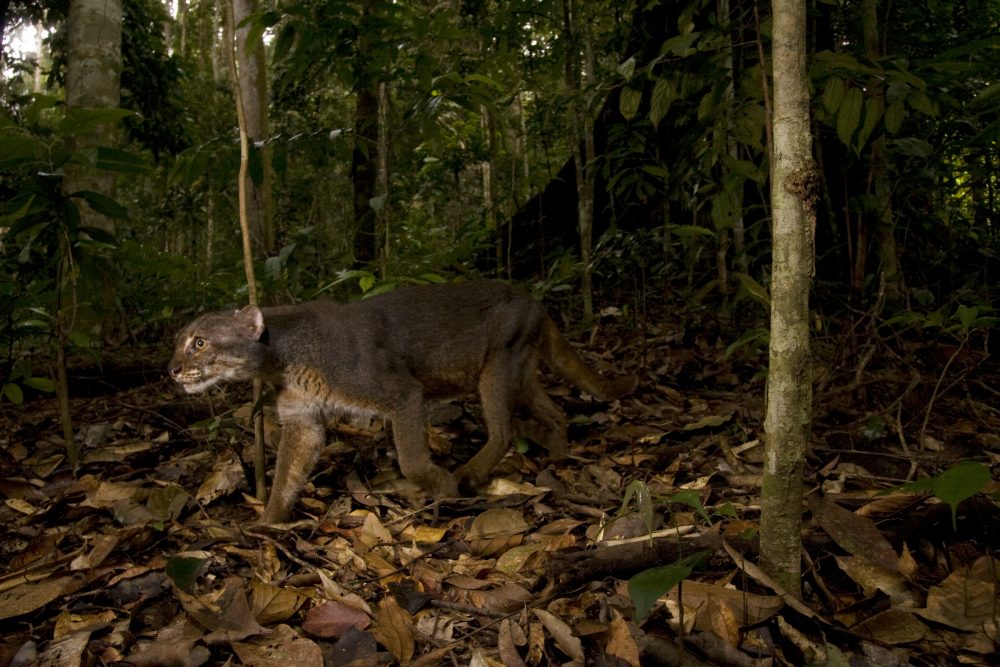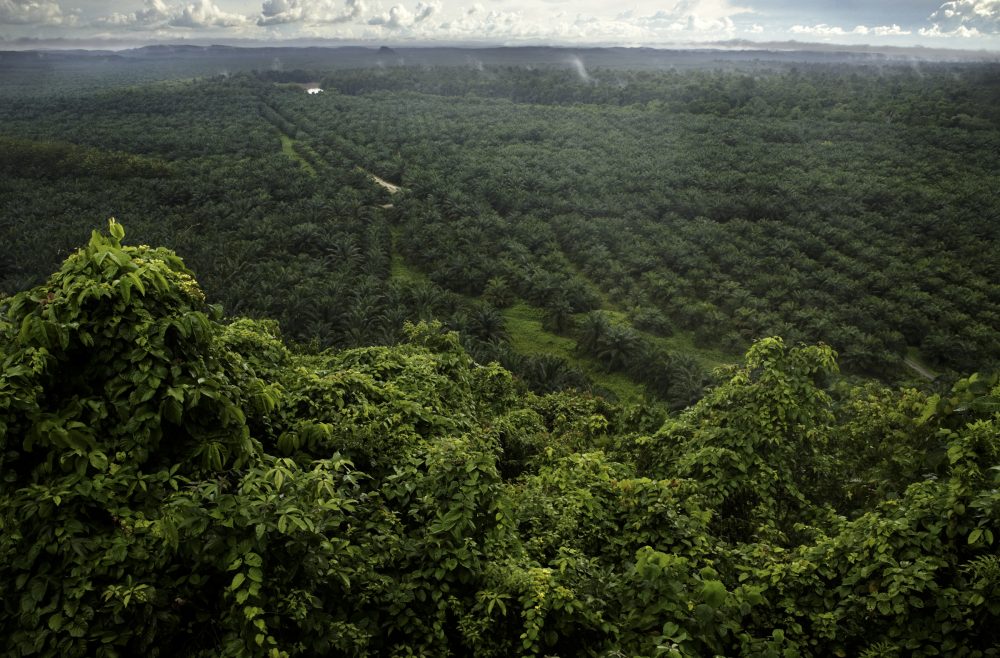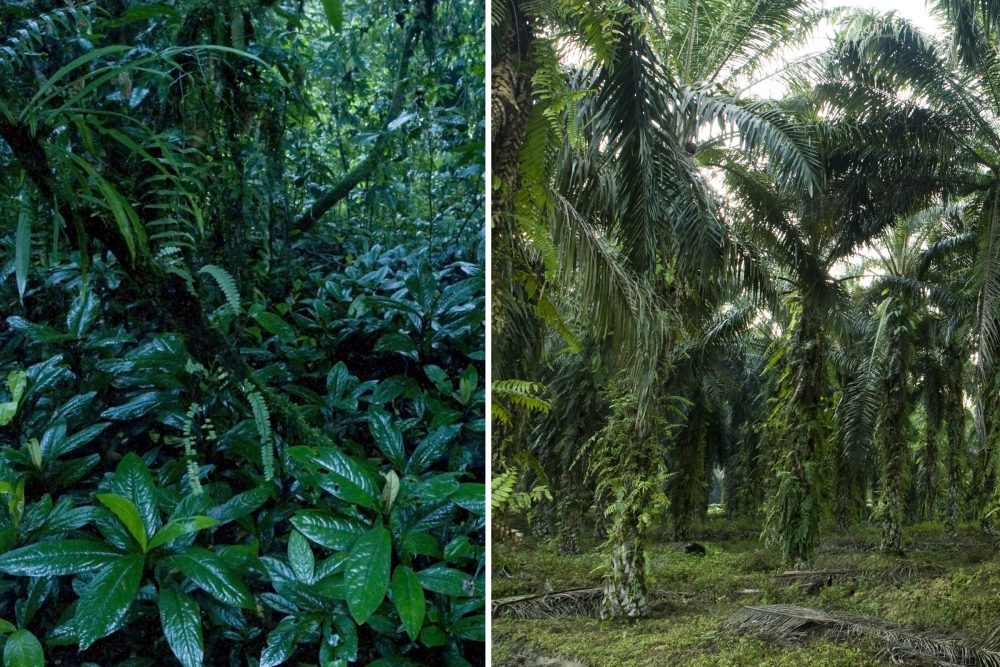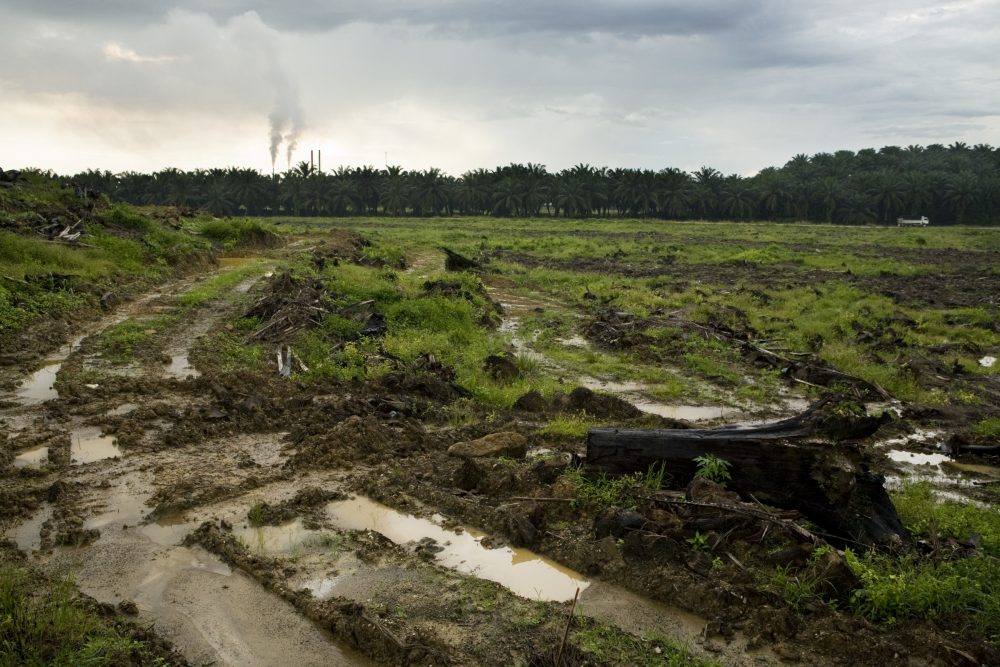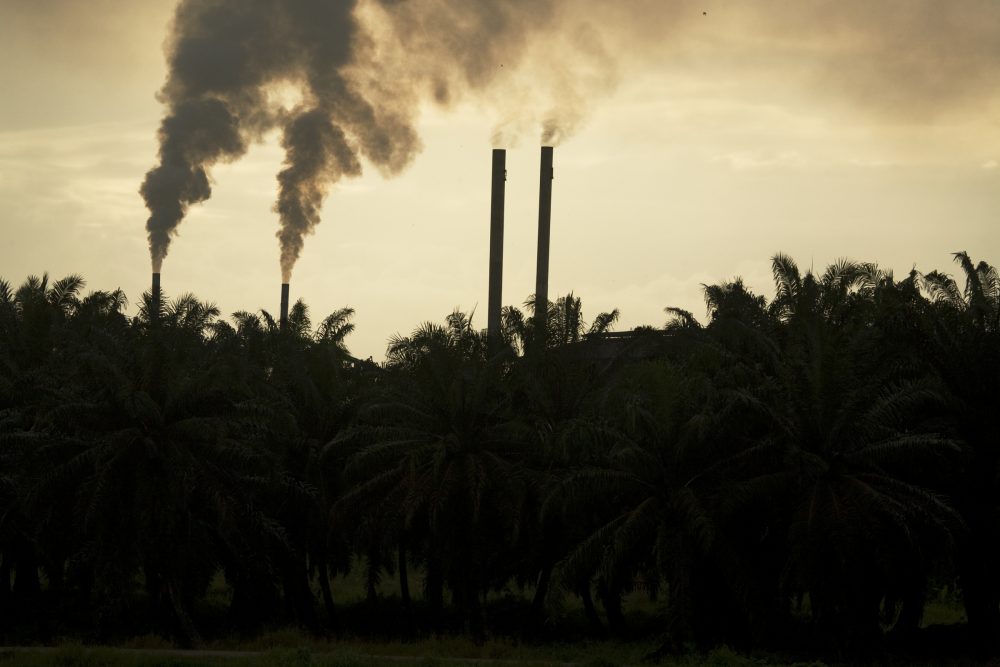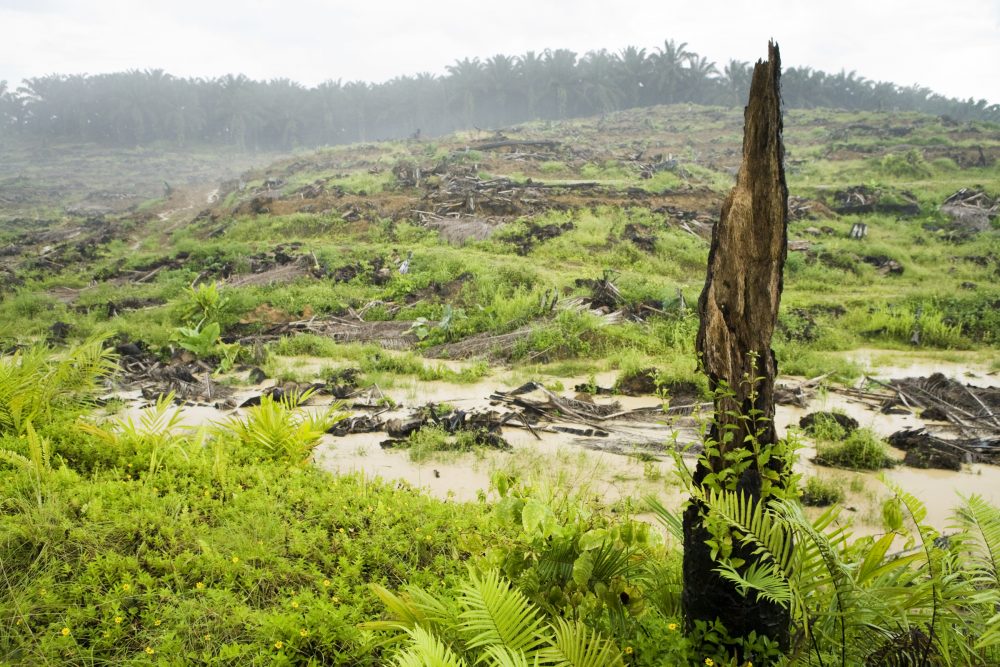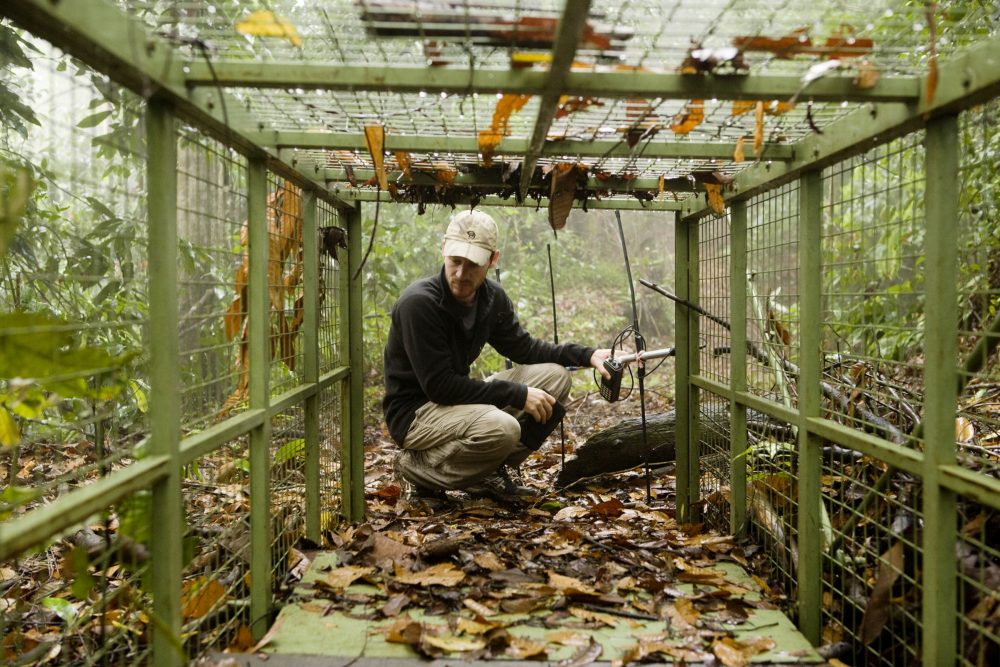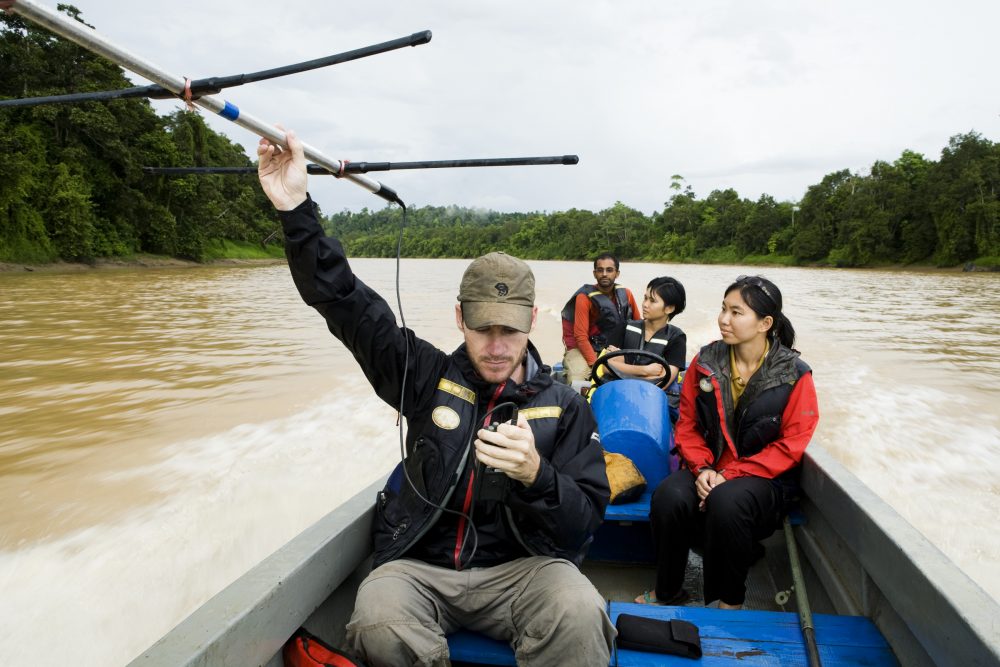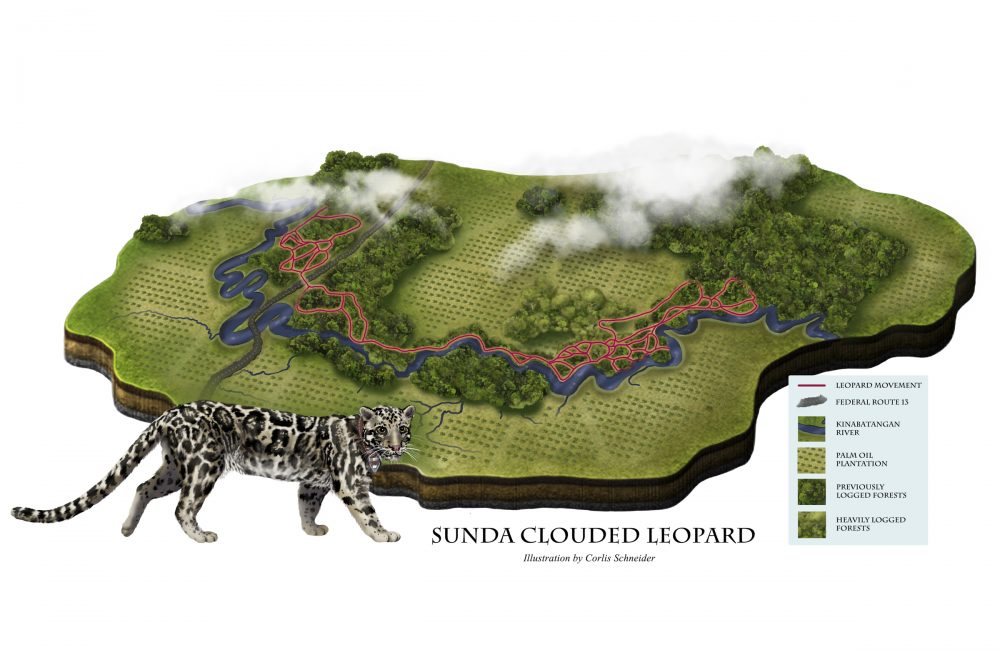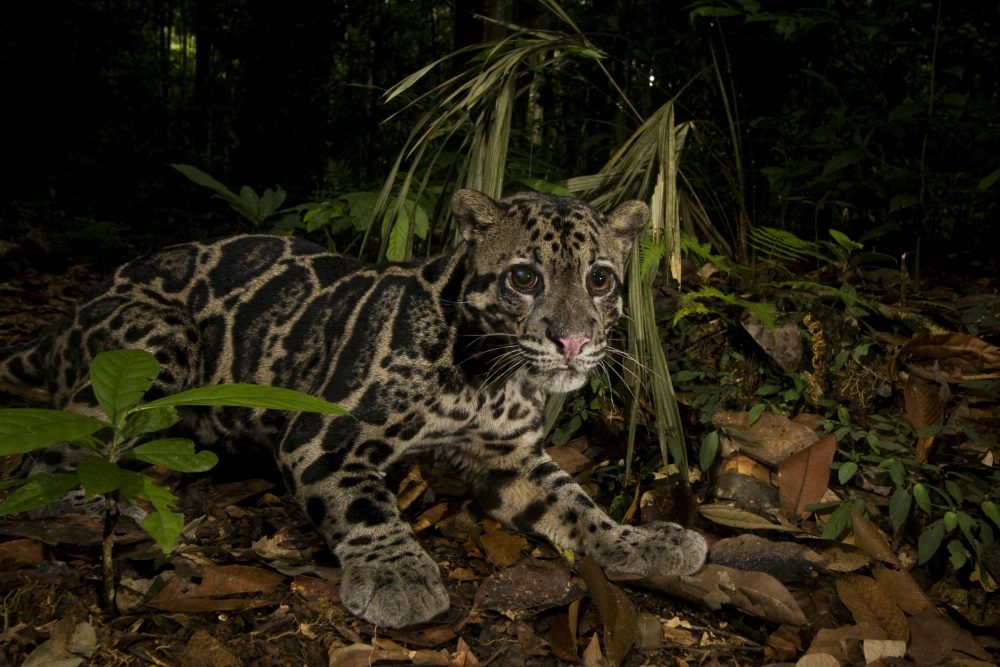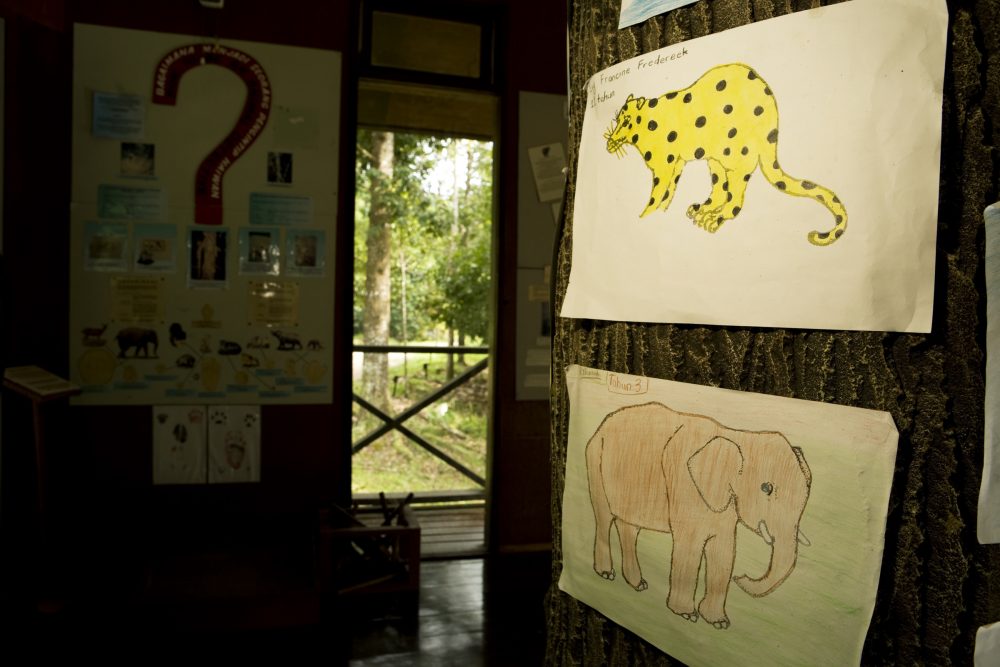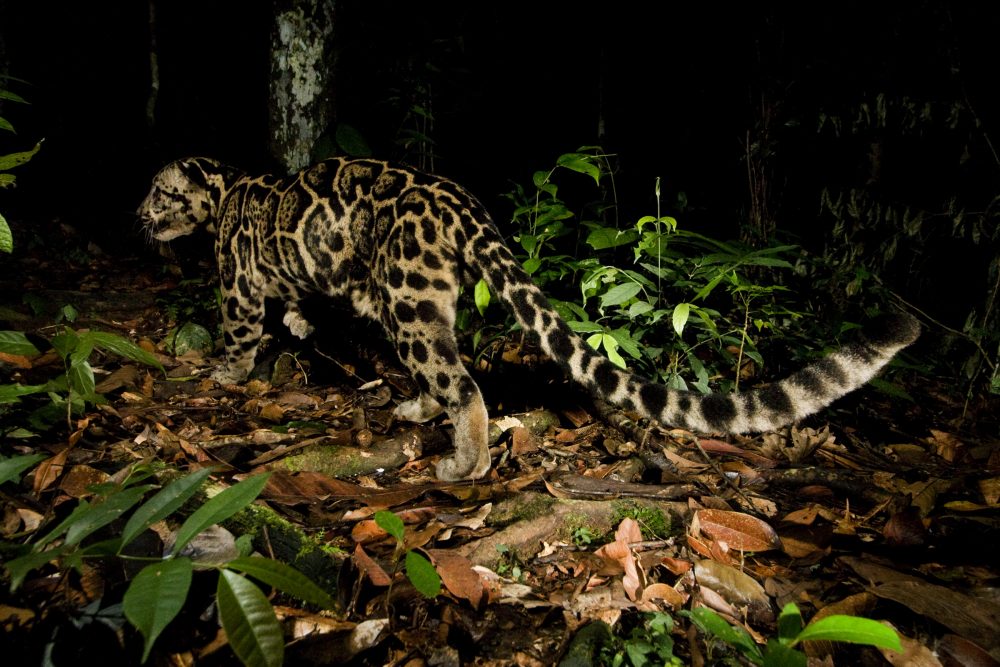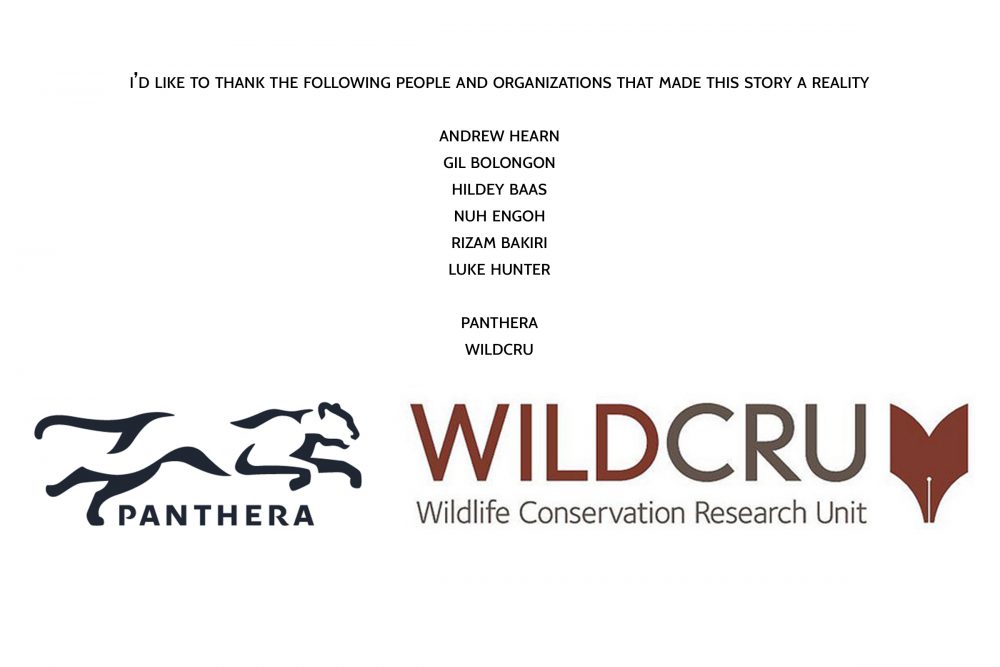The sweat pearls off of biologist Andrew Hearn as he climbs the ridge to check a camera trap he placed a month ago. Hearn, along with his team, has spent the last seven years in the tropical lowland rainforests of Malaysian Borneo focusing his research on the previously little studied wild cats found here. The work isn’t easy– besides dealing with parasites, tropical diseases, and constant rain, Hearn has to first find the cats in the seemingly impenetrable rainforest.
One of these felines, the Borneo bay cat is so rare that the first picture of it did not exist until 1998. Another, the Sunda clouded leopard wasn’t declared its own species until 2006. The marbled cat is classified as near threatened, the flat-headed cat’s world population is less than 2,500 mature individuals. Only the leopard cat seems to be less tricky to study, as it is numerous enough to be classified as least concern.
Easy is not the path Hearn has chosen. He seeks to answer a multitude of questions like population size, density, habitat preference, habitat use, and prey base for each of the species. Especially important may be his question of how the cats deal with disturbance, like selective logging, and the destruction of their habitat as the rainforest is converted to palm oil plantations.
Borneo has experienced the fastest deforestation rate in the world. In the beginning, the timber came from the Malaysian states of Sarawak and Sabah. Then forests on the Indonesian part of the island were cut down. The timber was sent primarily to the US and Japan. In fact, over half the tropical timber trade ended up coming from Borneo. Today, timber is not the main export anymore, but the new industry is also causing forests to disappear.
Bornean rainforests are now being cut down to be replaced by palm oil plantations. Extracting the oil from the plants seeds is an extremely lucrative business. One single hectare of oil palm can produce 6,000 liters of crude oil, a large plantation can have a return of 26 percent annually. So, what is the oil used for? When one looks at the nutrition facts of most of their foods they will see vegetable oil listed, most of the time that is palm oil. If it’s processed food, you can almost guarantee it has palm oil as an ingredient.
If the deforestation continues at its current rate, less than half of the rainforest will remain on Borneo by 2020. Does this have an effect on the wild cats? Hearn is finding that it does. During one part of his study, he used camera traps to see what cats were able to use the plantations as a possible habitat. Only leopard cat pictures showed up. His current research is backing up that claim. Hearn has radio-collared five adult sunda clouded leopards near the Kinabatangan River, an area where the river is surrounded by a small strip of rainforest, which in turn is surrounded by palm oil plantations. The tracking data shows the leopards avoiding the plantations like the plague. Even with the limited natural habitat that is left, they dare not venture into the plantations, preferring to stay within the rainforest.
During an earlier research phase, Hearn found out that every cat species here decreases in density in conjunction with the amount of disturbance to the forest (the leopard cat being the exception, showing the opposite trend). The facts are clear, the more the land is transformed by humans, the fewer cats there are. If the transformation to plantations continues, local extinction is a real possibility for these animals.
In addition to the palm oil, loss of prey due to hunting, and poaching of the cats themselves through accidental or even targeted snaring are real threats to the felines.
Hearn’s research makes it possible for us to understand the human impact not only on the environment but the species living with in it. It is possible with this gained knowledge to draw up conservation plans to protect each of these species of wild cat. The ball is in the public’s court to create enough pressure on the Malaysian and Indonesian government to set aside more protected areas for them. This too is not an easy feat as public awareness of these cats is limited. Even in Borneo, less than 30 percent of people that live in the rainforest who were interviewed during a short study by Hearn could identify the bay cat.
The future of these amazing and unique animals is undetermined, but one thing is for sure, if people are able to save them, much of the rainforest will be protected as these cats require large areas, which in turn are homes to thousands of other species.

